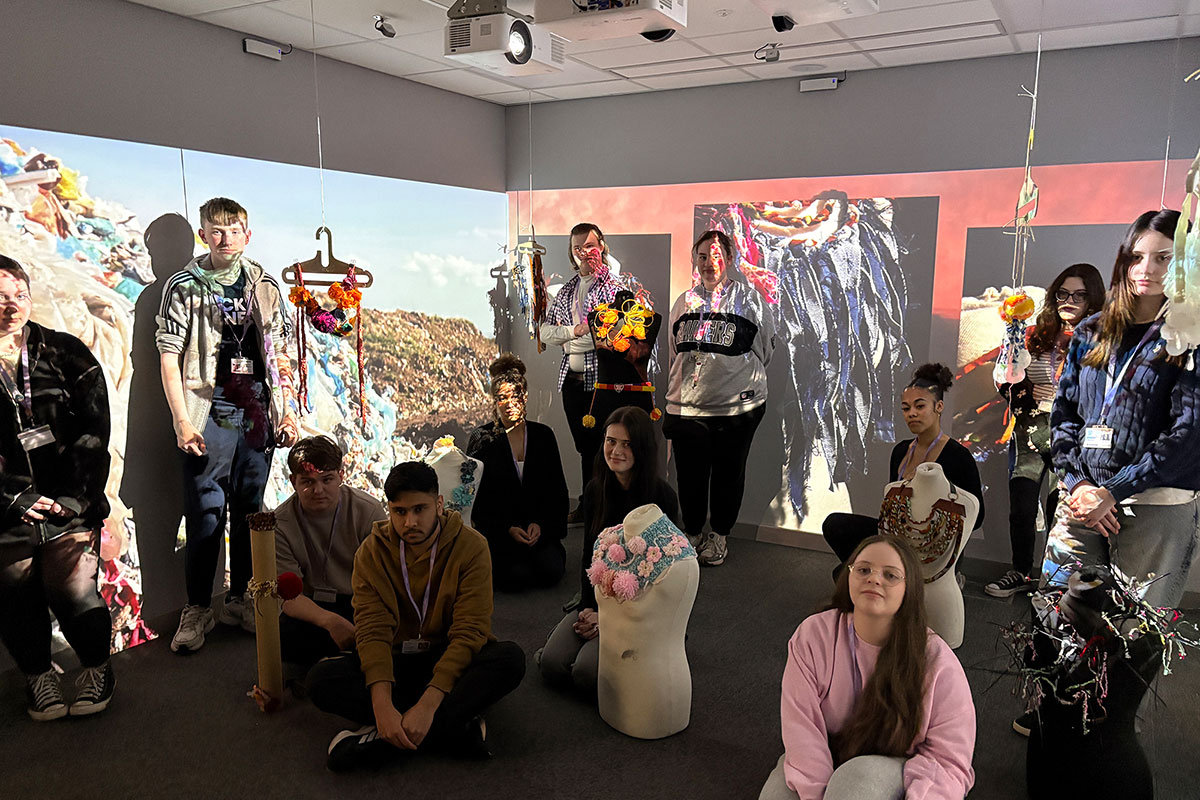Why technology isn’t enough to unlock education 4.0

Mark Hodges, Education Sector Lead at Cantium Business Solutions
Artificial intelligence, robotics, big data and the internet of things are already impacting the world around us. This rapid change in technology is known as the fourth industrial revolution and Education 4.0 is all about lining up learning approaches with advanced technology and automation. As schools and education leaders look to equip pupils with the skills they need for the future, it’s likely that more smart and innovative technology will be used in the classroom. But implementing technology will only go so far.
Aligning processes, along with teaching and learning methods with these emerging technologies takes time. As does establishing the right infrastructure, leadership and a culture that embraces new devices and initiatives. So how and where do school leaders start?
What problems will technology solve?
In the first instance it’s important to understand what problems you are trying to solve with technology. Is it streamlining processes in the admin space, or is the technology going to be available for teachers to utilise in the classroom and for assessments? There’s a whole layer of questioning that needs to happen before the right technology can be brought in.
School leaders also need to consider this from a teaching point of view and understand whether the technology will help or hinder the process. I’ve seen a lot of technology introduced to the classroom that sounds great on paper, but in practice gets in the way of teaching. Classroom visualizers are an historic example of this with some members of staff embracing them, while others felt like it was a big piece of equipment that added little value. As leaders we should try to avoid that situation in classrooms. Establishing a clear picture is crucial to guiding decision-making and delivering the best possible student experience.
Having the right infrastructure
Without the right infrastructure, all this falls at the first hurdle. It needs to be evaluated before any new technologies can be rolled out. If you’re unsure of where to start, then look for a partner who can work with you to carry out an audit and review the existing infrastructure – wireless access points, Wi-Fi, networks, ports and broadband connections.
Technology needs to work with teachers, not against them, and a good digital foundation makes it easier to integrate technology into teaching practices. For instance, a strong and resilient broadband connection is vital for schools looking to implement cloud technologies like Office 365 or Google Classroom. This is especially true for early years and Key Stage One teaching where much of the work being uploaded is image or video based. Similarly, if you are looking to encourage staff and students to bring their own devices onto your network, then a robust security infrastructure is a must.
Once infrastructure and technology requirements have been established, look to create a digital strategy. It’s a useful overarching tool outlining the direction the school will take and what it will need to get there. It doesn’t need to be too granular, but it does need to have those high-level decisions made to keep everyone on the same page.
Creating a network of digital champions
With evaluations completed and a digital strategy in place, now is the time to gather support and start building a culture to embrace the intended changes. This will vary between schools but for a standalone educator it’s important that someone from the senior leadership team is onboard with the digital strategy. For Multi-Academy Trusts, this will most likely be the, CTO or CIO of the Trust as they will be procuring technology on a larger basis than just a single school. This means the use case will need to detail how other schools in the trust could utilise the technology suggested to improve learning outcomes and processes.
When driving digital technology forward within the school itself, leaders need to be digital champions, and look for equally positive role models amongst the teaching staff. Those who can improve others understanding of digital technologies and their confidence and motivation to use them. For example, getting teachers from different departments or year groups to demonstrate how they are using technology in their lessons. In the end, it’s unfair and wouldn’t be credible to ask teachers to implement a piece of technology that leaders themselves are not willing to implement in the classroom, so being able to use the technology effectively yourself can be extremely helpful.
Digital champions are part of building a technologically supportive culture, but school leaders also need to embed technology through aspects such as performance and line management processes the school might have. This can be a helpful way to educate staff members and provide practical examples of how that technology has helped or can help.
Withstanding failure
The last and arguably most important part of creating a culture that embraces technology, is also creating one that allows for failure. As with any kind of experimentation, reasonable failure is one of the possible outcomes. It’s only by experimenting and trying new things that we can hope for innovation. When it comes to implementing new and emerging technologies, healthy school cultures would expect failures and embrace the learning experience this gives teachers and staff. Teachers shouldn’t be afraid that they are going to be held accountable for mistakes they make along the way as they get familiar with new equipment or processes.
Transforming learning
As new technologies change the world around us, schools are increasingly looking to prepare students for the fourth industrial revolution. This in part is about aligning teaching and learning methods with the skills needed in the future. But also, about creating a culture that embraces new devices, initiatives and the changes that technology brings. To take full advantage of Education 4.0 schools must look to invest in both facilities and their staff to deliver an exemplary student experience.











Responses